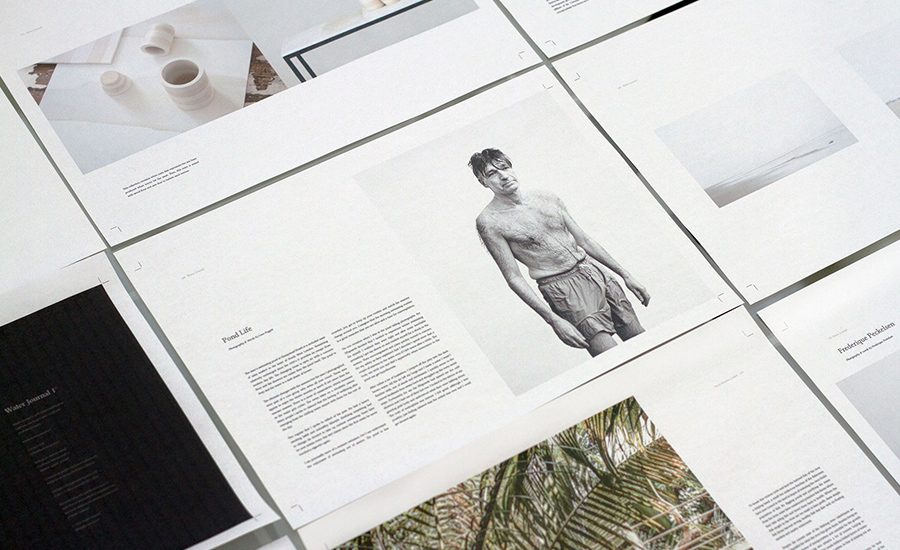Evolution of publication: from paper to digital magazines

Publications sector has suffered a considerable change during the last 10 years and had to adapt itself to digital magazines where content seems to be relevant and where it is possible to reach a higher number of new readers.
When number of blogs started to raise and raise and users realised their power to transform this virtual world in a social platform (or web 2.0) where they would be able to create and share every kind of content, their way of consuming information totally changed.
Later, when tablets made their appearance, users found a new way of access to information so much easier and comfortable.
At the same time, the emergence of smartphones, mobile devices and social media made even easier the access to contents, breaking this way with traditional printed media.
With this new scenario, the editorial world only had two options: betting on this new business model in the form of digital magazines, or just watching while the number of readers of their editions drastically decreased.
Change the business model
This need of change has been a complex process for editors and meant changes in their working methodology and in each of its stages as well: from conception to design going through edition, production and even distribution.
But this transformation supposes big advantages to the editorial sector such as a better acceptation from new profile users, who are used to consume content digitally; significant costs’ decrease caused by the difference between digital and printed publications or a higher reach thanks to the hugeness of the virtual world.
This way, small editors have found a great opportunity to put themselves on the map and launch their own projects, being able to reach big audiences with no need of high budgets. Furthermore, software improvements make easier and easier designing a publication without complex knowledges about programming. This is the case of Adobe InDesign’s plugin BüttonPublish.
Give life to publications
Bet on creativity and new technologies means innovating with new formats too.
While content has a static role in printed publications, with new designs of digital magazines we can provide content with interactivity, dynamism and make a passive reader become an active user.
Thanks to that, reading experience and entertainment are continuous from the cover to the last page. Being able to listen a recommended song, interact with animated computer graphics, change from a page to another in surprising ways… now everything is possible and we can keep readers focused in our content for longer periods.
This new format is the response to an audience that gives value to interactivity and immediacy.
For sure, digital transformation in editorial sector means the end of a crisis and the beginning of a new era full of opportunities where creativity is limitless and content is the king.
What about you? Are you up to create your digital magazine project with us?
Büttonpublish
